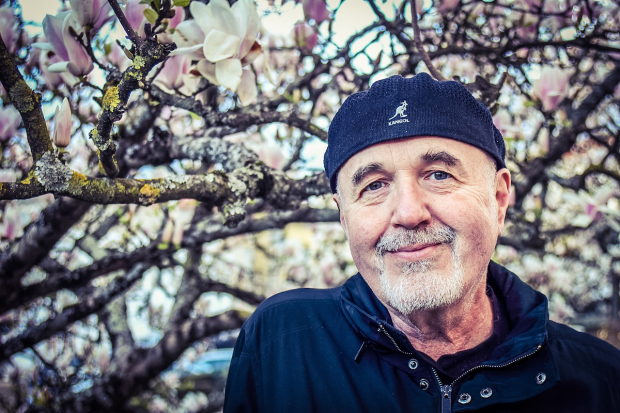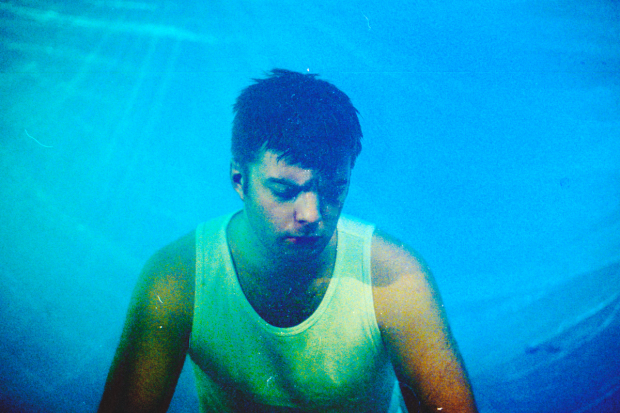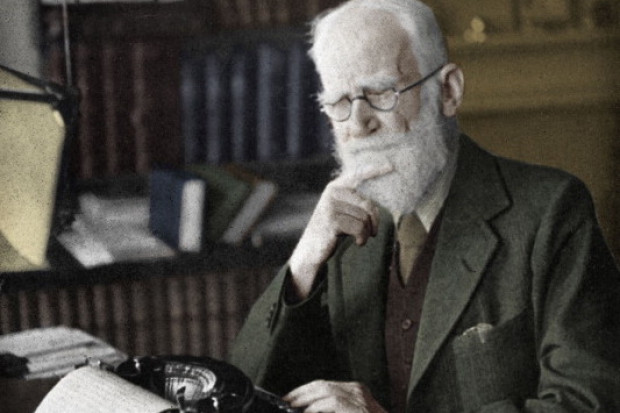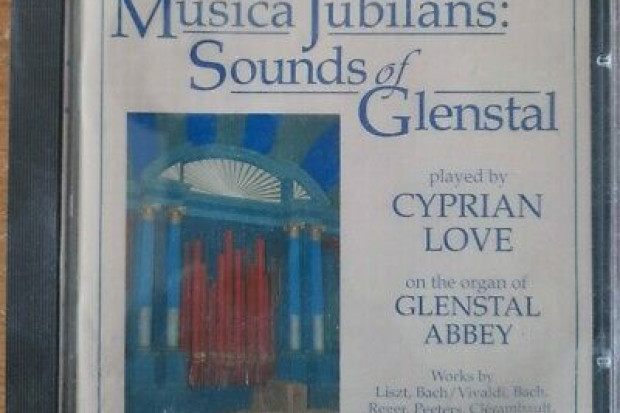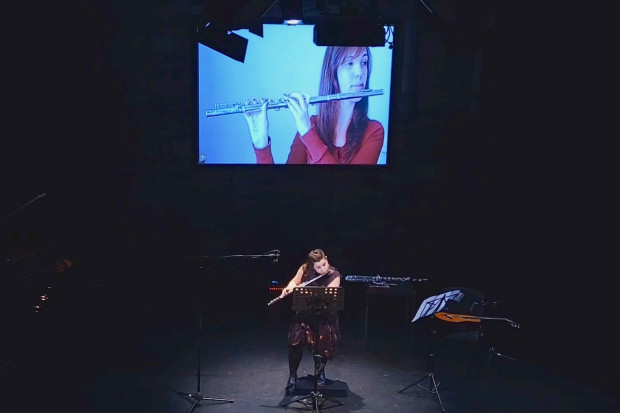
Ailbhe McDonagh
Bringing an Irish Dimension to the Bach Cello Suites
Bach’s six suites for solo violoncello have been a staple of every cellist’s repertoire since Pablo Casals brought them to popular attention in the early twentieth century. They even have a website dedicated to them, and I learn from there that they have been recorded over two hundred times down the years; frequently cellists have returned to them several times.
Into this crowded field comes Ailbhe McDonagh’s cycle. If this recording demands attention, it does not make a headline of the fact: it is not the decidedly rapid cycle of Sergey Malov on cello da spalla (Solo Musica, 2020) nor the maverick multitracked cycle of Maya Beiser (Islandia Music, 2023). It doesn’t have any striking phrasing choices such as Bruno Cocset’s forte staccato bass notes in the prelude to his fourth suite (Alpha, 2001), nor does it deviate from the score in the way that some historically informed performances suggest Bach would have expected (as Malov does with his ornamentation). Perhaps it is worth something that McDonagh’s is the first recording by an Irish cellist, but I’m not sure what value that might be.
McDonagh’s recording is worth attention, but it’s for more subtle reasons than these. One reason might indirectly be the ‘Irish’ aspect. She mentions in the cursory liner notes that she enjoyed bringing out the Irish jig in the gigues that finish each suite. I am not sure about this – there are plenty of nimble recordings – but in their easy liveliness her gigues, as well as the other up-tempo dances, are nevertheless a particular strength of this cycle. Some older recordings, such as Pierre Fournier’s (Deutsche Grammophon, 1961), take the gigues too slowly; modern (e.g. Yo-Yo Ma’s third cycle (Sound Postings, 2018)) and especially historically informed (either of Anner Bylsma’s cycles) recordings tend to be brisker, but still often use classical rubato. McDonagh keeps the pulse just that bit steadier, the dynamics just that bit more muted, so that the gigues have the character of dances as much as of finales. Perhaps that’s the ‘Irish’ she brings to them.
‘Muted’ is a term that could be said of McDonagh’s cycle more generally. Her light, sometimes breathy cello tone is often an asset, helping to give her cycle something of a pure or transparent character, as if McDonagh is deferring to Bach rather than placing herself between him and us. She adds just enough to the music to bring out its phrasal structure but otherwise lets it speak for itself. Her light tone is not just effacement: it also gives its own colour to the music. The prelude to the fifth suite sounds mysterious rather than ominous as it does in, say, Hidemi Suzuki’s 2004 DHM recording (or his All of Bach version).
Delightful musicality
More generally, what McDonagh gives us in lieu of eye-catching decisions concerning interpretation or instrumentation is a minutely felt and delightful musicality. In her choice of how exactly to weight a fermata or how to handle a miniscule accelerando, in her charting of a path between sentimental and showy, she consistently makes quietly tasteful choices. This is particularly noticeable in movements such as the first suite’s allemande, where the page presents long runs of semiquavers without obvious interpretive cues. Some performers, in deducing the musical sense in the score, overegg things, but McDonagh trusts our ears to follow the logic latent in the notes. She also displays this restraint in the slower movements, giving the second suite’s sarabande, for example, a slow but plaintive pulse.
Some of the suites are more distant than others from the dance forms in their ancestry, and demand something different. Sometimes McDonagh delivers this, as in her exuberant gigue to the third suite. But sometimes her light tone can be a weakness, not always delivering the gravitas the music needs. The sarabande of the fifth suite, in particular, sounds ungrounded, its notes isolated.
I have other quibbles here and there: for example, the gigue to the second suite sounds a touch rushed at points. The more serious problem, though, is the sixth suite. This suite presents an immediate challenge for any interpreter because it was written for a five-string cello with a higher range than the standard cello (probably a piccolo cello, or perhaps the cello da spalla mentioned above). Cellists who play this suite on four strings, as McDonagh does, find themselves performing feats of virtuosity in a range of the instrument that cries out to be played with a pathos that is inappropriate to the suite: although the longest of the six, it is not proto-Romanticism, as some have thought. McDonagh avoids this pitfall, delivering a moderate, lively and light performance. This is undone, though, by the tuning issues in this suite: elsewhere on the recording they are beneath mention, but they are obtrusive here to the extent that it should have been re-recorded. I would go further and say that it should have been performed on five strings, which would have suited McDonagh’s interpretation better too.
McDonagh’s cycle is a humble one, but it is precisely therein that the success of this recording lies. McDonagh doesn’t draw attention to herself but instead to the musical line. It’s a shame about the sixth suite, and more generally, the album would not have been worse for being a bit more adventurous or historically informed. But in a world of a hundred adventurous recordings there’s a lot to be said for doing a thing simply but well.
Ailbhe McDonagh – Bach: Complete Solo Cello Suites is released on the Steinway & Sons label. To purchase a copy, visit www.ailbhemcdonagh.com.
Subscribe to our newsletter.
Published on 28 February 2024
James Camien McGuiggan studied music in Maynooth University and has a PhD in the philosophy of art from the University of Southampton. He is currently an independent scholar.










